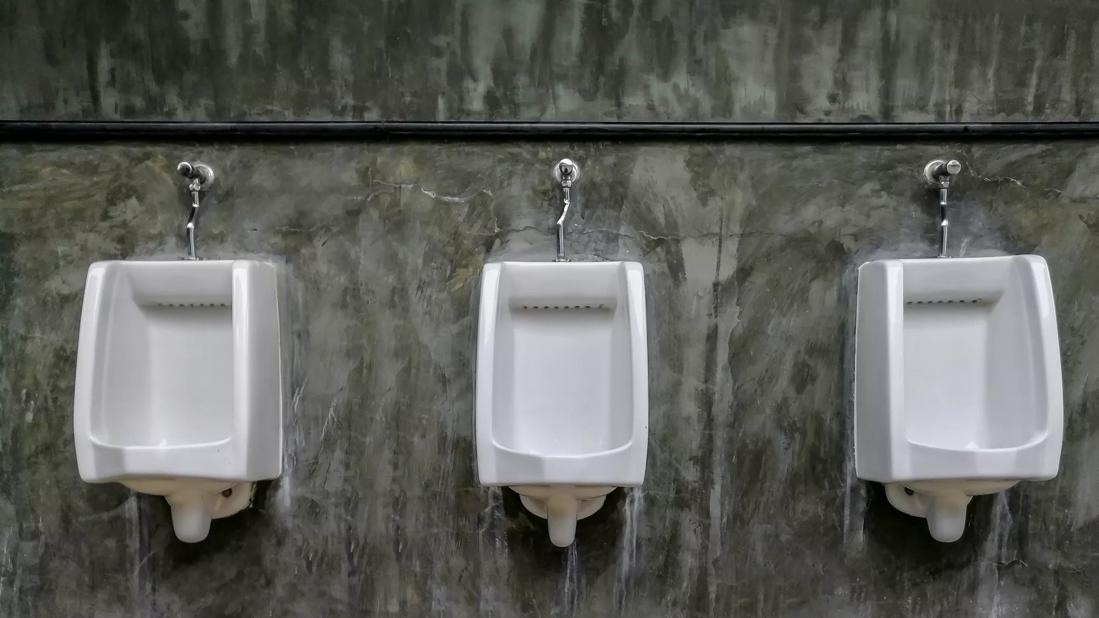Greater convenience for patients with likely improved diagnostic accuracy

Recommended by the International Continence Society as a second-line diagnostic tool in patients with nondiagnostic traditional urodynamics, ambulatory urodynamic monitoring (AUM) is commonly used in Europe but is still mainly an investigational technique in the United States. AUM is more convenient for patients and uses physiological anterograde filling, which enables a longer and more physiologically relevant evaluation. But first-generation AUM relies on traditional catheters and pressure transducers and doesn’t measure volume continuously, which is required to provide context for pressure changes.
Advertisement
Cleveland Clinic is a non-profit academic medical center. Advertising on our site helps support our mission. We do not endorse non-Cleveland Clinic products or services. Policy
The latest advance in ambulatory urodynamics — telemetric ambulatory monitoring (TAUM) — uses completely internal, wireless, catheter-free, battery-powered devices to monitor bladder pressure and volume while patients carry out their daily activities. It offers innovations in remote monitoring, rechargeable energy sources, device deployment, and retrieval and materials engineering to provide increased diagnostic accuracy and improved comfort for patients with incontinence or voiding dysfunction.
“We are moving closer to more widespread use of ambulatory urodynamics for assessing lower urinary tract function,” says Bradley Gill, MD, MS, a urologic surgeon in Cleveland Clinic’s Glickman Urological & Kidney Institute and co-author of “Advances in Ambulatory Urodynamics,” in Current Urology Reports.
TAUM has advantages over traditional clinical urodynamics (UDS), which has some significant drawbacks: physical and emotional discomfort, and artificial test conditions with catheters and rapid retrograde filling of the bladder, which can result in variable diagnostic accuracy. More than 50% of patients experience test-related anxiety and difficulty with in-office monitoring.
“Urodynamics is invasive and very different from how the body functions in everyday life,” says Dr. Gill.
While the risk of serious complications is low, UDS can result in adverse events including urinary tract infections, fever, acute urinary retention, catheter trauma and/or gross hematuria in up to 19% of men and 1.8% of women.
Advertisement
Traditional AUM used urethral and rectal catheters, which were similar to office-based testing but attached to a portable recorder. First-generation AUM systems were beset with technical issues including device failure, data loss and catheter displacement in up to 25% of patients.
TAUM uses new technologies to resolve these issues and includes three types of devices: intravesical, intradetrusor and transdetrusor. The most studied of the three, intravesical devices require placement into the bladder either transurethrally or, in some cases, through surgical cystotomy. Compared to intradetrusor and transdetrusor devices, which require invasive procedures to place devices, catheter-free intravesical monitors inserted during an office visit offer the greatest potential for clinical use.
“They capture bladder activity as it naturally fills, while the patients are carrying out their normal activities, which is when patients have their symptoms,” says Dr. Gill.
Intradetrusor devices are implanted within the detrusor muscle either superficially on the luminal surface, at the level of the lamina propria, or deep within the outer muscularis propria, to avoid direct contact with urine and its possible corrosive or encrusting effects. They may be most useful in evaluating urinary issues due to neurological conditions, where longer-term monitoring may be beneficial. Transdetrusor devices employ a wired pressure sensor that traverses the detrusor muscle and enter the bladder lumen directly to measure intravesical pressure.
Advertisement
One challenge of TAUM devices is their inability to correlate patient symptoms to changes in urodynamic parameters; this can be addressed with a digital bladder diary.
Beyond diagnosis, TAUM may be useful in determining therapeutic response to various treatments and in assessing sacral neuromodulation (SNM) test simulation, as well as even optimizing SNM as a conditional treatment by triggering SNM when undesirable detrusor contractions are detected.
After more than a decade of dedicated work, Margot Damaser, PhD, and colleagues in the Biomedical Engineering Department of Cleveland Clinic’s Lerner Research Institute developed the UroMonitor intravesical TAUM device — a “Fitbit for the bladder.” The flexible device, shaped like a coil, is inserted into a patient’s bladder lumen with a simple office procedure, similar to a cystoscopy or catheter placement. It tracks physiological data over a four- to seven-day monitoring period and wirelessly transmits the information to the patient’s electronic data recorder to inform their physician’s diagnosis and clinical management. The patient can then remove the device by a string and dispose of it completely or have it removed in the office by their urology team.
“UroMonitor is easily deployed and retrieved and doesn’t involve any incisions or invasion into the bladder muscle,” says Dr. Gill. “Compared to catheter-based systems, it’s more comfortable for patients and allows us a much better view of what happens in the patient’s daily life for a more accurate diagnosis. It has the potential to bring a huge change to urology and the diagnosis of lower urinary tract disorders.”
Advertisement
UroMonitor is currently in preliminary clinical trials to evaluate if the device provides, at a minimum, the same or similar effects as standard urodynamic testing.
Advertisement
Advertisement

Historic collaboration connects two Cleveland Clinic locations, enables real-time sharing of metrics and surgical progress

Retrospective study evaluates clinical upstaging during neoadjuvant treatment

Retrospective study finds acceptable cancer control among most histologic subtypes with intravesical therapy

Revolutionizing pediatric urology with a new, less invasive approach

What updated techniques, counseling and a changing workforce could mean

Applications, outcomes and untapped potential

Retrospective study shows SGLT-2 inhibitors may lead to worse urologic outcomes

Early, individualized diagnosis and comprehensive management key to preserving fertility